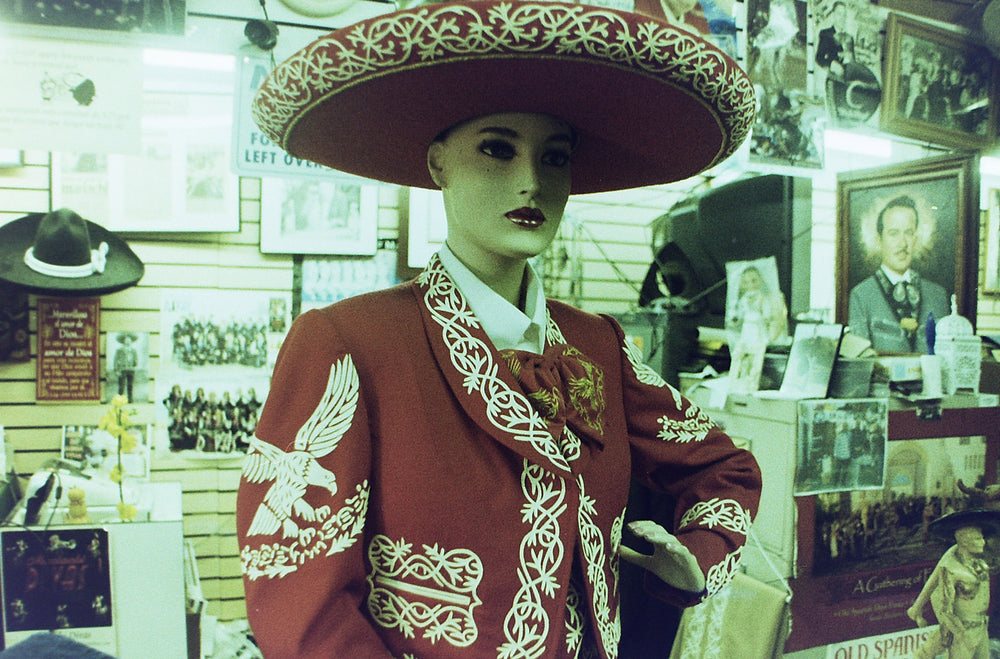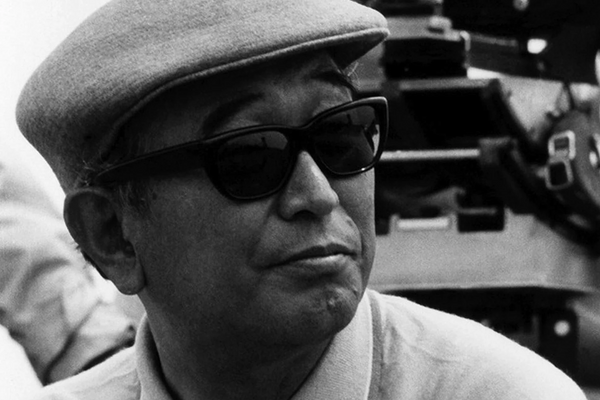City Trash, Leva Heights, El Cerote; Boyled Eggs: All nicknames for East LA neighborhoods, all pronounced with the same tone of reluctant affection and fondness. City Terrace, Lincoln Heights, El Sereno; Boyle Heights. Century-old landmarks and quaint Victorian homes testify to the European, Jewish, Japanese populations that passed though, now housing the Mexican energy that pulses through the neighborhood. If Downtown LA is the heart of Los Angeles, then Boyle Heights is a main artery pumping life in the form of language, art, food, dance, music, history, and activism to the rest of the city.




Growing up, we used to always talk about leaving the barrio. Movies about East LA that depicted gang violence, police brutality, failing schools and poverty could have very well been documentaries detailing wars between gangs controlled by old men doing life in a federal penitentiary. In an environment where the most obvious options were to leave Boyle Heights or get caught up in La Vida Loca, most of us opted to leave in pursuit of education and economic stability. And after tasting the upward mobility and opportunity that comes with higher education, most do not return. But some do.



Some choose to come back to Boyle Heights and share what they’ve learned from the world beyond. These are sojourners who have brought back the discovery of fire to their people, while at the same time seeking the warmth of familiarity, of home. With new eyes, the corner of 1st Street and Boyle Avenue transforms from a spot for street vendors selling raspados to schoolchildren and hopeful Mariachis trying to get a gig. It becomes fertile soil for much more. The heartfelt flavors of the motherland are guarded closely by her grandchildren. The neighborhood now cultivates community gardens like Proyecto Jardin, celebrates Pachuco culture at bars like Eastside Luv and Un Solo Sol Kitchen, promotes health through the Boyle Heights Bridge Runners and builds community at Espacio 1839. These days it is more common to see chipsters – Chicano hipsters, of course – riding fixies than cholos cruising in a lowrider. But that doesn’t mean that wars aren’t still being waged.


Gentrification is the reason for dispute. After seeing what happened to its cousin, Echo Park, Boyle Heights has countered the surge of gentrification with a movement of its own: Gentefication. The word is rich with meaning, a declaration that the neighborhood is not “up and coming” or “emerging” but has always had a distinct personality and bustling economy of its own worth keeping. It is also a call for current dwellers to shop locally, improve the safety of their streets, support schools, and understand that la gente – the people – have the power to do these things together. Whether you’re talking about Mexican immigrants searching for new beginnings or young people determined to preserve the stories of their ancestors, Boyle Heights is an incarnation of hope in its humblest yet loudest form: protest.





